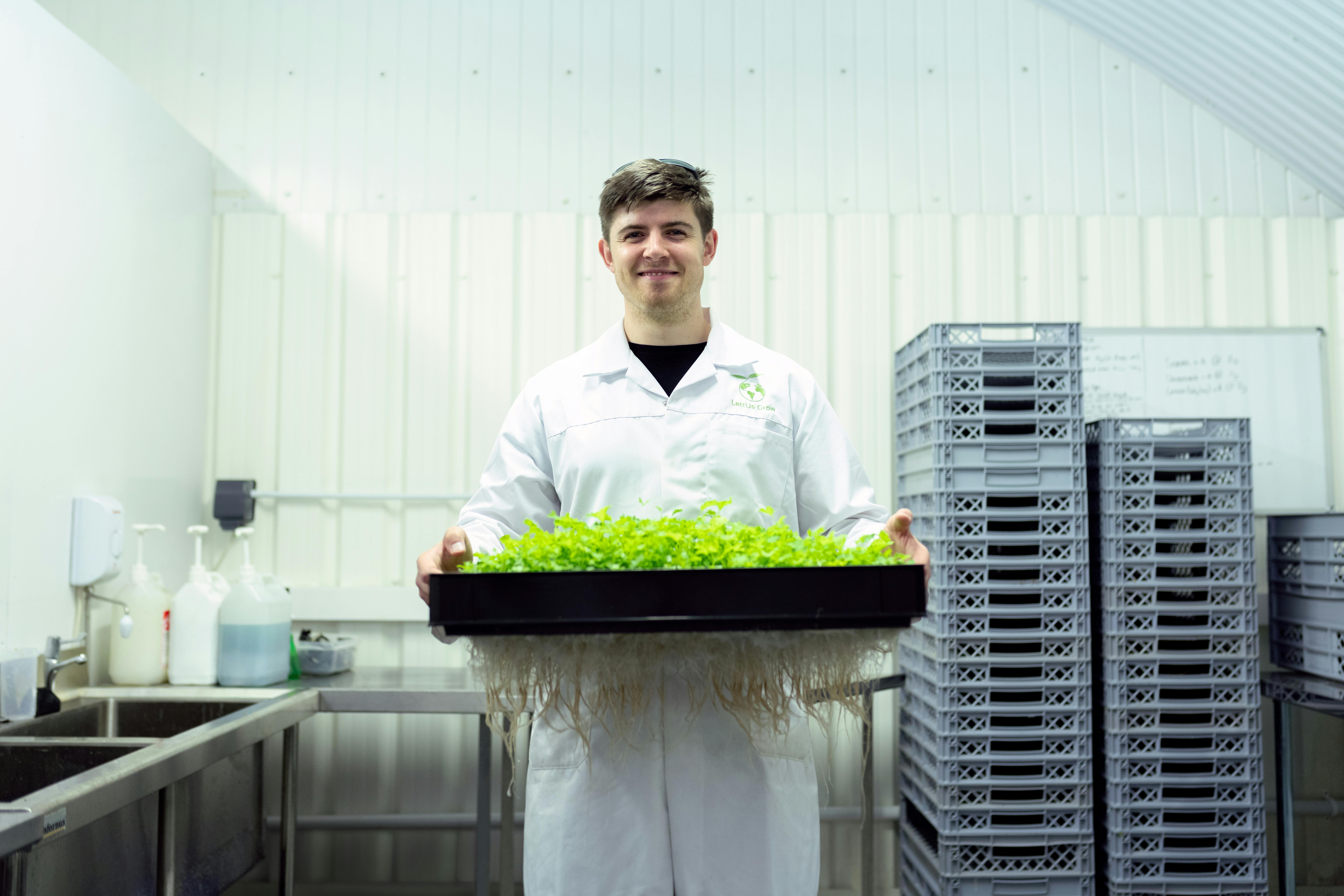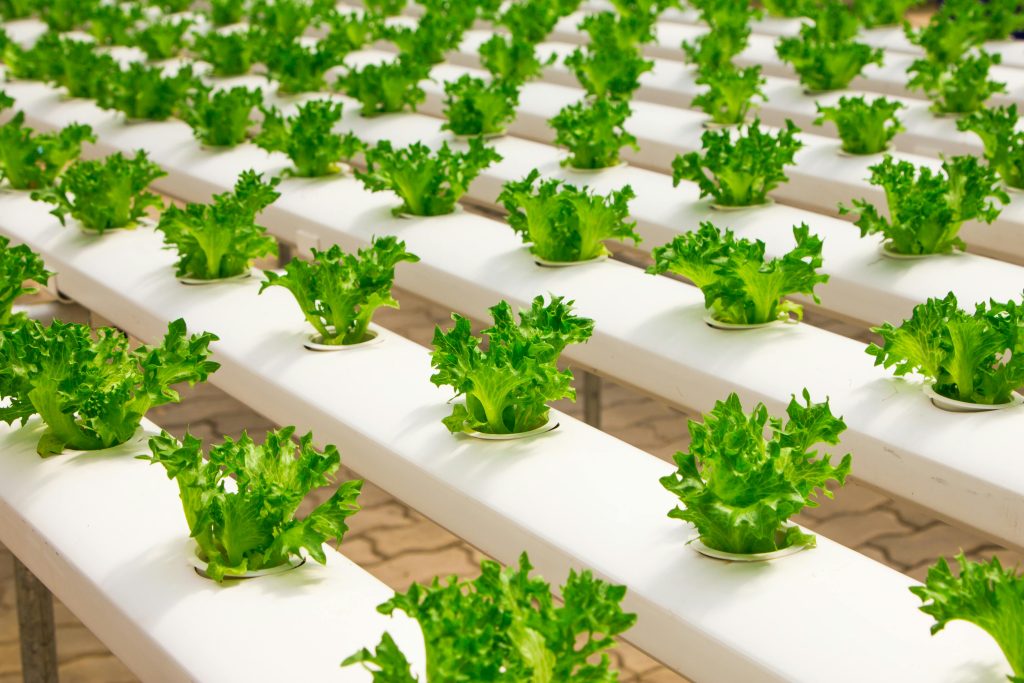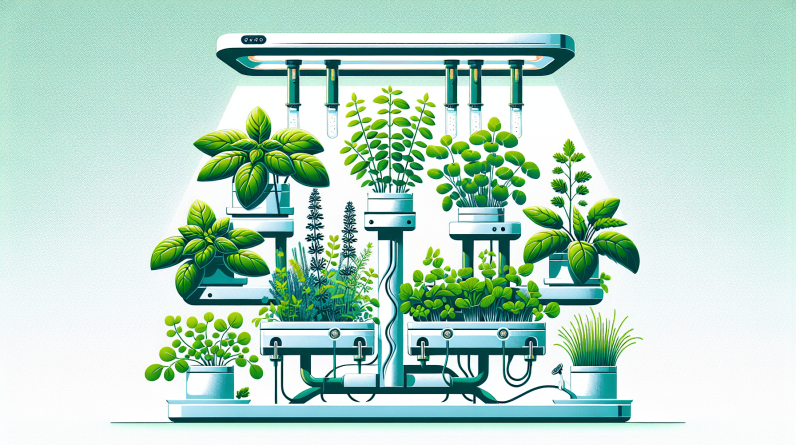
Understanding Hydroponic Lighting Basics
When it comes to indoor hydroponic gardening, lighting is a crucial factor to consider. Essentially, hydroponic lighting serves as a replacement for natural sunlight, providing the necessary energy for plant growth through the process of photosynthesis. But why is hydroponic lighting so essential for your indoor growing endeavors? Let’s delve into the basics to understand its importance.
Types of Hydroponic Lighting
There are various types of hydroponic lighting available in the market, each with its unique characteristics. The most common options include LED (Light-Emitting Diode), High-Pressure Sodium (HPS), Metal Halide (MH), and Compact Fluorescent Light (CFL). LED lights are energy-efficient and have a longer lifespan, making them a popular choice among indoor gardeners. HPS lights are excellent for flowering plants, while MH lights are ideal for the vegetative stage. CFL lights are budget-friendly and work well for small-scale operations or seedlings.
Light Spectrum and Plant Growth
Different stages of plant growth require specific light spectrums for optimal development. Blue light wavelengths are essential for vegetative growth, promoting strong stems and leaf growth. In contrast, red light wavelengths are crucial for flowering and fruiting stages, encouraging blooming and fruit production. Understanding the light spectrum needed for each growth phase will help you provide the right conditions for your plants to thrive indoors.

This image is property of images.pexels.com.
Factors to Consider When Choosing Hydroponic Lighting
Selecting the right hydroponic lighting system for your indoor garden can be overwhelming with the plethora of options available. To make an informed decision, consider the following factors:
Light Intensity
The intensity of light emitted by your hydroponic lighting system plays a significant role in plant growth. Different plant species have varying light requirements, so it’s essential to match the light intensity to your specific crops. High-light plants like tomatoes and peppers will need more intense lighting, while low-light plants such as lettuce and herbs can thrive under lower light levels.
Energy Efficiency
Energy efficiency is a crucial consideration when choosing hydroponic lighting, especially for indoor gardens that require lighting for extended periods. LED lights are known for their energy efficiency, consuming less electricity while delivering high light output. Investing in energy-efficient lighting will not only save you money on electricity bills but also reduce your environmental impact.
Heat Output
Some hydroponic lighting systems generate a significant amount of heat, which can affect the temperature and humidity levels in your indoor garden. High temperatures can stress plants and lead to stunted growth or wilting. Opt for lighting options with low heat output to maintain a consistent growing environment and prevent heat-related issues.
Durability and Lifespan
When investing in hydroponic lighting, consider the durability and lifespan of the lighting system. LED lights, although initially more expensive, have a longer lifespan compared to other types of lighting. They are also more durable and resistant to damage, making them a cost-effective choice in the long run. Ensure that you choose lighting fixtures that can withstand the conditions of your indoor garden.
Setting Up Your Hydroponic Lighting System
Now that you’ve understood the importance of hydroponic lighting and considered the factors when choosing a system, it’s time to set up your indoor garden lighting. Here’s a step-by-step guide to help you get started:
Determine Light Placement
Position your hydroponic lights above your plants at an appropriate distance to ensure uniform light distribution. Adjust the height of the lights as your plants grow to maintain the ideal light intensity and coverage. Consider using reflective materials like Mylar or white paint to maximize light penetration and minimize light loss.
Establish a Lighting Schedule
Plants require a specific amount of light exposure each day to thrive. Establish a lighting schedule based on the light requirements of your crops and the growth stage they are in. Most plants need around 14-16 hours of light for vegetative growth and 10-12 hours for flowering. Using a timer can help you automate the lighting schedule and ensure consistent light exposure.
Monitor Light Intensity and Spectrum
Regularly check the light intensity and spectrum of your hydroponic lighting system to ensure it meets the needs of your plants. Use a light meter to measure the intensity and adjust the height of the lights accordingly. Pay attention to the light spectrum emitted by your lights to provide the right wavelengths for optimal plant growth.
Consider Supplemental Lighting
In some cases, natural light may not be sufficient for your plants’ growth, especially during the winter months or in locations with limited sunlight. Consider supplementing your hydroponic lighting system with natural light or additional fixtures to provide adequate light for your plants. Supplemental lighting can help prevent leggy growth and ensure healthy plant development.

This image is property of images.pexels.com.
Maintaining Your Hydroponic Lighting System
Proper maintenance of your hydroponic lighting system is essential to ensure its longevity and efficiency. Follow these tips to keep your lights in optimal condition:
Clean Regularly
Dust and debris can accumulate on your hydroponic lights, reducing their efficiency and light output. Regularly clean the bulbs, reflectors, and fixtures to remove any build-up and ensure maximum light penetration. Use a soft cloth or a gentle cleaner to avoid damaging the lights.
Check for Damage
Inspect your hydroponic lighting system regularly for any signs of damage or wear. Look for frayed cords, flickering lights, or dimming output, indicating a problem with the fixtures. Address any issues promptly to prevent further damage and maintain uninterrupted light supply to your plants.
Replace Bulbs as Needed
Over time, the bulbs in your hydroponic lighting system will degrade and lose their efficiency. Keep track of the bulbs’ lifespan and replace them when they start to dim or show signs of wear. Regularly changing the bulbs will ensure consistent light output and provide the necessary energy for your plants’ growth.
Adjust Light Heights
As your plants grow, adjust the height of your hydroponic lights to maintain the optimal light intensity and coverage. Position the lights closer to the plants during the vegetative stage for stronger growth and raise them higher during flowering to prevent light burn. Regularly monitor the light heights to ensure your plants receive the right amount of light.

This image is property of images.pexels.com.
Conclusion
Hydroponic lighting is a crucial component of indoor gardening, providing the necessary light energy for plant growth and development. By understanding the basics of hydroponic lighting, considering key factors when choosing a system, and following proper setup and maintenance guidelines, you can create an optimal growing environment for your indoor plants. Remember to tailor your lighting system to the specific requirements of your crops and monitor their growth progress regularly. With the right hydroponic lighting in place, you can enjoy healthy, thriving plants year-round in your indoor garden.






